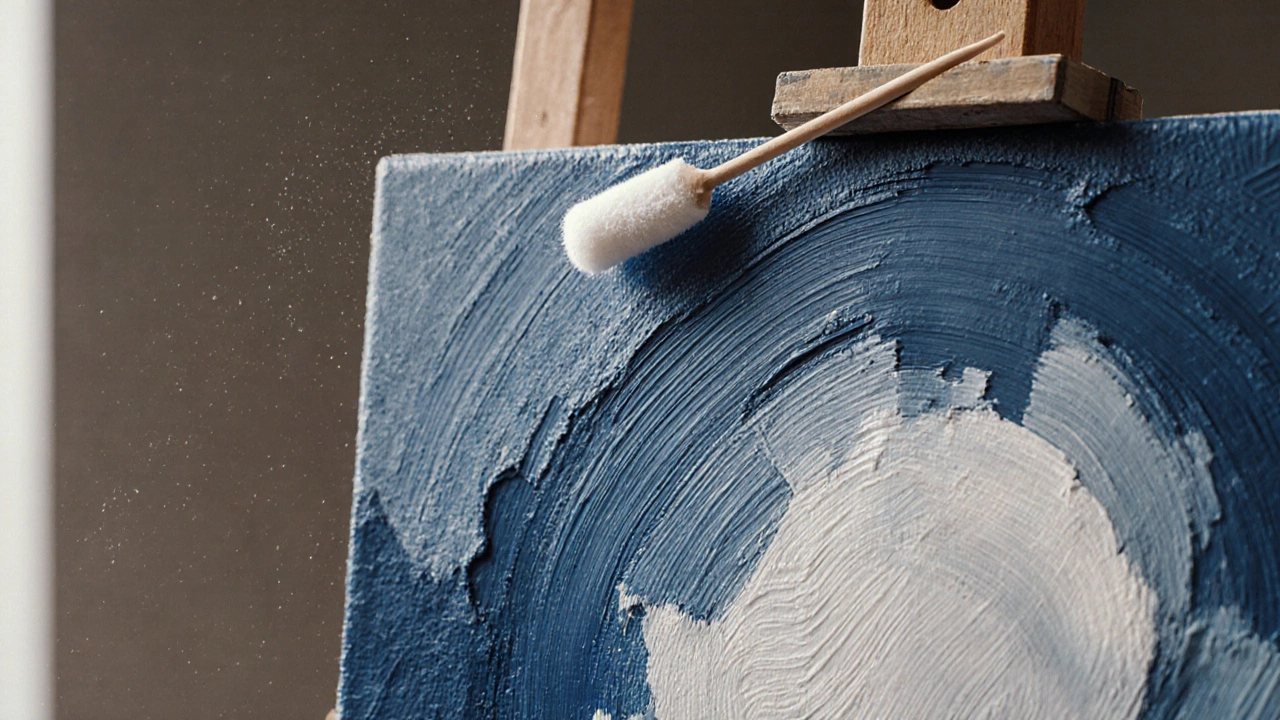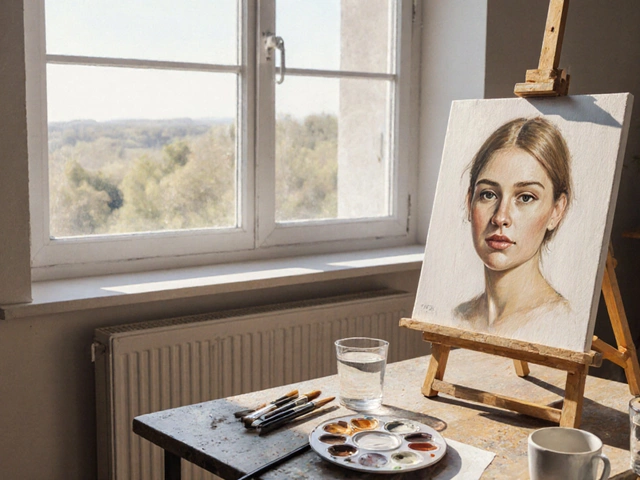Oil Painting Protection: How to Preserve Your Art for Years
When you finish an oil painting, a finished artwork made with pigments suspended in drying oil, typically linseed oil. Also known as oil on canvas, it’s more than just a piece of art—it’s an investment in time, skill, and emotion. But without proper oil painting protection, the process of shielding finished oil artworks from environmental damage using varnishes, framing, and climate control, even the best work can fade, crack, or yellow over time. Many artists don’t realize how quickly sunlight, humidity, and even dust can start breaking down their paintings—sometimes within just a few years.
Varnish, a clear protective coating applied over dried oil paint to unify surface sheen and block contaminants is the first line of defense. Not all varnishes are the same. Traditional damar varnish gives a high gloss and is removable, which matters because future conservators may need to clean or restore the piece. Modern synthetic varnishes like Gamvar are more stable and less likely to yellow. The key? Wait until your painting is fully dry—this can take 6 to 12 months—before applying anything on top. Rushing this step traps solvents underneath and causes cracking later.
Then there’s framing, the method of enclosing and mounting a painting to protect its edges and surface from physical damage and air exposure. Always use UV-filtering glass or acrylic. Even indoor lighting emits enough UV to fade pigments over time. Avoid hanging paintings in direct sunlight, near radiators, or in bathrooms where moisture builds up. A simple rule: if you wouldn’t leave your phone in that spot, don’t leave your painting there either.
Storage is just as important. If you need to stack or store paintings, never let them touch each other. Use acid-free paper or foam board between them. Store flat if possible, or hang vertically in a climate-controlled room. Temperature swings are the silent killer—aim for 65–70°F and 40–50% humidity. Too dry? The canvas cracks. Too damp? Mold creeps in. Most people think their garage or attic is fine for storage. It’s not.
And don’t forget cleaning. Dust gently with a soft, dry brush—never a cloth or wet wipe. Water and cleaners can lift paint or dissolve varnish. If your painting looks dull or has grime buildup, leave it to a professional conservator. DIY restoration often makes things worse.
What you’ll find below isn’t theory. It’s what working artists actually do. From how to apply varnish without streaks, to the exact type of frame that saved a $10,000 portrait from humidity damage, to why some galleries refuse to hang unvarnished oil paintings—these are the real-world lessons you won’t get from a textbook. Whether you’re just starting out or you’ve sold your first piece, protecting your work isn’t optional. It’s the next step in being a serious artist.
Should I Seal My Oil Painting? A Practical Guide to Varnishing for Long-Lasting Color
Learn when and how to properly varnish your oil painting to protect colors, prevent yellowing, and ensure it lasts decades. Avoid common mistakes and choose the right varnish for long-term preservation.
Continue Reading




